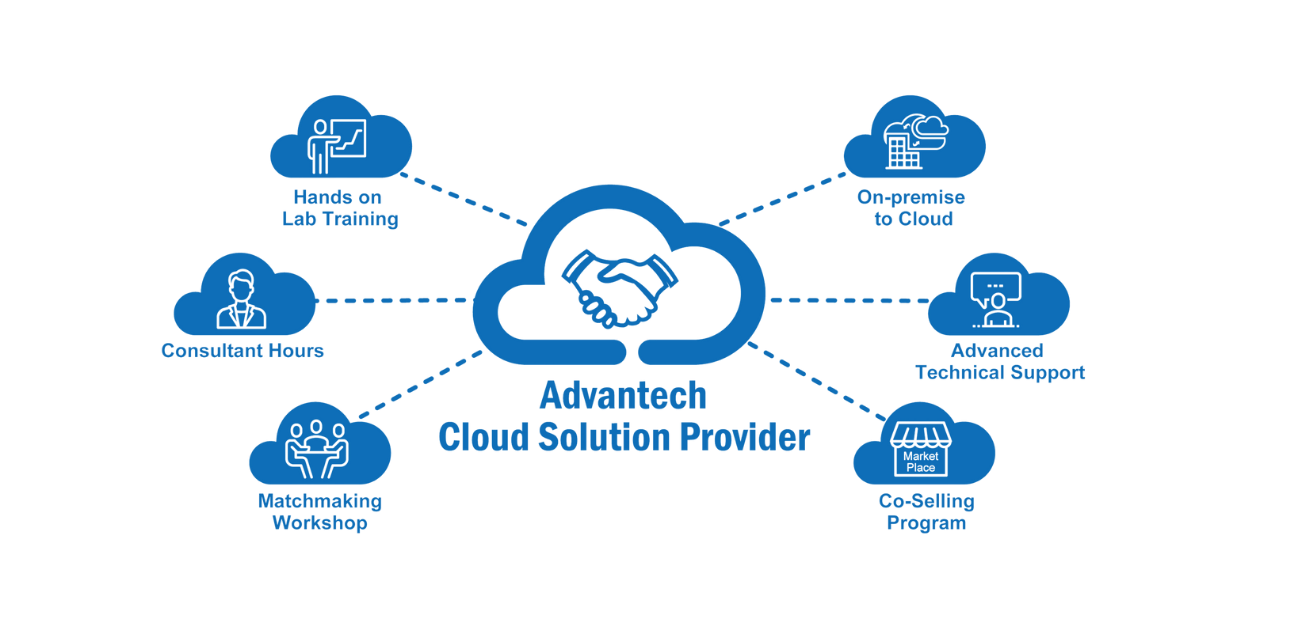Comprehensive Cloud Services: Boost Effectiveness and Security for Your Company
Achieve Seamless Scalability With Cloud Services
In the ever-evolving landscape of cloud solutions, accomplishing seamless scalability stands as a keystone for modern services looking for to stay adaptable and competitive. The capacity to effortlessly increase or get resources in reaction to changing demands is a crucial advantage in today's hectic electronic environment. By mastering the art of scalable cloud remedies, organizations can not just optimize efficiency and streamline operations yet also lead the way for future growth and innovation. The mission for smooth scalability with cloud solutions introduces a globe of opportunities for those ready to accept the transformative power of vibrant source management.
Advantages of Cloud Scalability
Cloud scalability uses organizations the versatility to dynamically adjust resources based on need, ensuring optimum efficiency and price effectiveness. Furthermore, cloud scalability promotes innovation and testing by allowing companies to easily examine new concepts and scale them as required. Ultimately, the advantages of cloud scalability expand beyond price savings to incorporate improved efficiency, agility, and advancement.
Trick Functions for Scaling
Effective scaling in cloud services counts on crucial functions that enable companies to adjust sources dynamically based on need. One more vital function is scalability, enabling systems to deal with boosted workload by adding resources seamlessly. On the whole, these crucial functions collectively encourage organizations to achieve smooth scalability in cloud solutions.
Executing Auto-Scaling Strategies
To properly enhance resource appropriation and adapt to differing workloads, companies have to tactically execute auto-scaling approaches in their cloud solutions infrastructure. Auto-scaling allows systems to immediately adjust the variety of calculate resources based on real-time demand. There are numerous auto-scaling strategies that companies can use, such as anticipating scaling, which utilizes historical information to anticipate future resource demands, and responsive scaling, which replies to existing workload adjustments.

Finest Practices for Scalability
For organizations intending to boost their scalability in cloud solutions, executing best practices is crucial for optimum efficiency and resource monitoring. One key ideal method is creating applications with a microservices architecture. This technique breaks down applications into smaller, independent services that can be released, upgraded, and scaled independently, enabling for greater adaptability and scalability.
One more crucial method is utilizing containerization modern technology, such as Docker or Kubernetes. Containers allow the product packaging of applications and their dependencies right into isolated systems, making it easier to scale elements independently and deploy them continually across various settings.
Additionally, applying automated deployment and facilities as code (IaC) can simplify scalability efforts (linkdaddy cloud services). Automation tools like Terraform or Ansible aid in provisioning and managing resources effectively, reducing hands-on mistakes and enabling fast scalability
Moreover, monitoring performance metrics, establishing up alerts, and performing regular capability planning are essential methods to guarantee aggressive scalability management. By sticking to these ideal methods, companies can achieve seamless scalability in their cloud solutions while enhancing universal cloud Service efficiency and resource usage.
Tracking Performance Metrics
When examining the effectiveness of cloud solutions scalability, very closely monitoring efficiency metrics is necessary for making certain ideal functionality and source allocation. By continuously tracking vital performance indicators (KPIs) such as reaction times, resource, throughput, and latency use, companies can obtain valuable insights right into the health and wellness and performance of their cloud facilities. Checking performance metrics enables the early discovery of prospective bottlenecks or issues that might influence scalability, making it possible for aggressive procedures to be required to resolve them before they rise.

Final Thought
In conclusion, achieving seamless scalability with cloud solutions is essential for organizations to enhance efficiency, boost advancement, and preserve high performance degrees during peak times. By leveraging the advantages of cloud scalability, applying auto-scaling approaches, using crucial functions such as elasticity and automation, and following finest methods like application layout and performance surveillance, organizations can efficiently scale their systems while maximizing resource use and efficiency.
The mission for smooth scalability with cloud services reveals a globe of opportunities for those ready to embrace the transformative power of dynamic source monitoring.
Cloud scalability provides companies the flexibility to dynamically adjust resources based on need, making certain ideal performance and cost effectiveness. Another key feature is scalability, enabling systems to deal with enhanced work by adding resources seamlessly.For companies intending to enhance their scalability in cloud services, implementing best methods is important for optimum efficiency and source monitoring.When evaluating the performance of cloud solutions scalability, very closely keeping track of efficiency metrics is vital for ensuring optimum performance and source allotment.